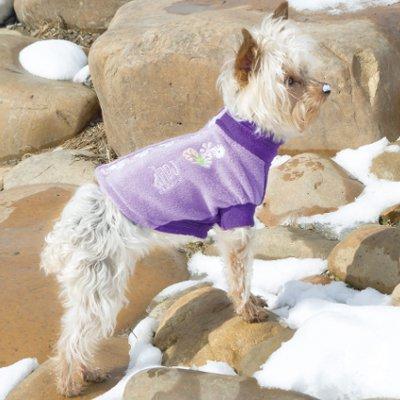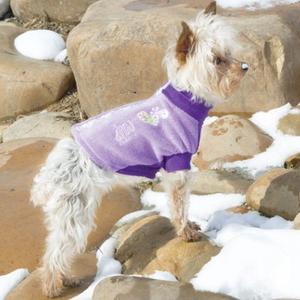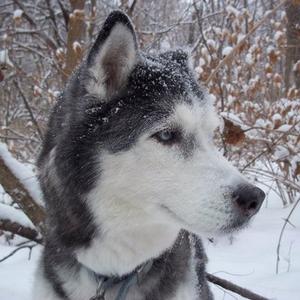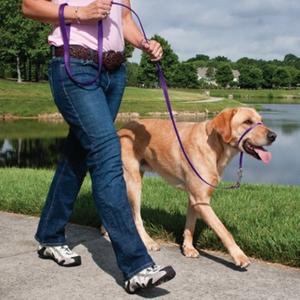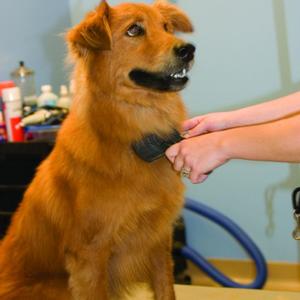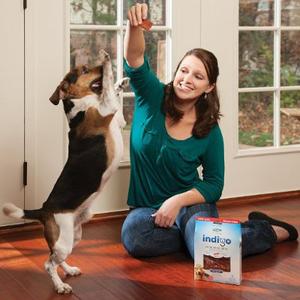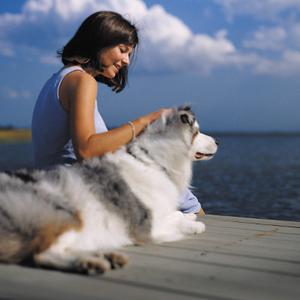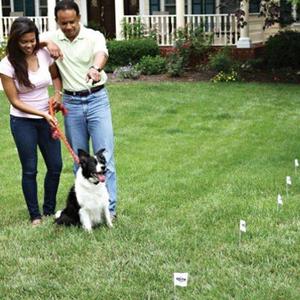By Dean Vickers, Director of Animal Welfare Studies and Education at Radio Systems Corporation
 Most of us can relate to how tough the bitter cold temperatures and frigid winds of winter are on us, but these conditions can be even tougher on pets. Your pet's fur coat doesn’t necessarily mean he can endure the cold weather. Some dogs love the snow and cold and are able to tolerate it better than other dogs. My Chows, Annikka and Isabella, love this time of year.
Most of us can relate to how tough the bitter cold temperatures and frigid winds of winter are on us, but these conditions can be even tougher on pets. Your pet's fur coat doesn’t necessarily mean he can endure the cold weather. Some dogs love the snow and cold and are able to tolerate it better than other dogs. My Chows, Annikka and Isabella, love this time of year.
They will play for hours in the snow and chase snowballs until my fingers are frostbitten from forming the frozen concoctions. It can be a struggle to coax duo inside. My Ridgeback mix, J’Maul, is another story. He will go for a walk in the snow, but once the walk is completed, he is done. He will take his treat over to his heated massage pet bed, and call it a morning.
I sometimes think the only reason he goes on the walk is to justify his time on the heated bed. With that said; as a responsible pet owner, it is important to remember that dogs and cats are domesticated animals, and are as accustomed to the warm shelter of the indoors as we are. As the temperature decrease, here are some guidelines for keeping your pets healthy, happy and active during the winter months.
Inside and outside time
Despite the temperature, dogs need exercise, and letting them outside to run around and exercise is important to their health and happiness. During the cold winter months, though, you need to take some precautions. First, decide when cold is too cold. A good rule of thumb: Long-haired dogs can play outside for short periods of time when it's above 20°F (-6°C); short-haired dogs, young pups, and elderly dogs should wait until the mercury rises to 40°F (4°C).
Winter apparel
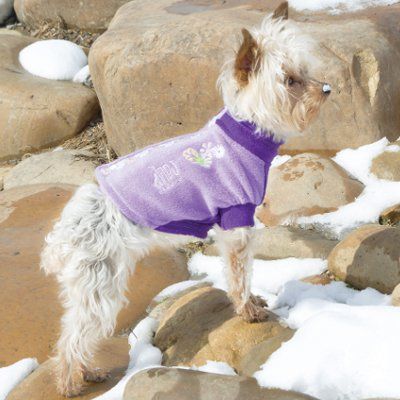 Within moderation and good taste, when your dog - particularly a short-haired or elderly dog - does go outside keep him protected by covering him up in a doggie coat or sweater. Don’t go overboard with this, just something modest. J’Maul loves his Ohio State University sweater and he looks very stylish wearing it. Keep your medium and long haired pet groomed—matted fur is not very efficient at insulating.
Within moderation and good taste, when your dog - particularly a short-haired or elderly dog - does go outside keep him protected by covering him up in a doggie coat or sweater. Don’t go overboard with this, just something modest. J’Maul loves his Ohio State University sweater and he looks very stylish wearing it. Keep your medium and long haired pet groomed—matted fur is not very efficient at insulating.
And while your pets are outside, keep a close eye on them. If you see shivering, it's time to come in. According to the American Animal Hospital Association, animals are vulnerable to frostbite and hypothermia in less than an hour. After you get back from your walk, wipe off your dogs feet. It’s not just good for keeping the house clean; it also wipes off the salt and chemicals that people use to melt snow and ice. Another alternative for keeping their paws and pads protected from frostbite and chemicals is by getting them to wear booties. I confess to having TRIED this. I resigned myself to simply wiping off their feet at the end of the walk.
Better nutrition, better health
Some dogs need to cut back the food consumption during the less active winter months, but other dogs become more active in the colder climates. Dogs who spend time running around outside in the cold may need more food than usual. That's because they burn extra energy to keep warm. Keep an eye on the dishes; a dog’s tongue can stick to metal, such as aluminum, when cold. For winter use, keep the fresh food and water in ceramic or hard plastic dishes. In colder temperatures, you will need to make changes in how you keep the water clear of ice.
Unseen dangers
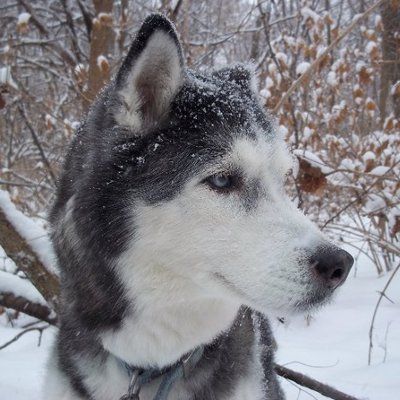 Antifreeze is a year round concern. Until bittering agents are required, most antifreeze has a sweet taste that can be appealing to your pets. But, the ingestion of an amount comparable to a teaspoon is enough to kill your pets. If they get even a couple of licks, get to the veterinarian immediately. Make sure to check regularly under your car and clean up any pools of antifreeze that may be forming. Better yet, even if everyone else doesn’t use it, you can be an agent for change by using pet-friendly antifreeze that isn't fatal if swallowed in small amounts and that does contain a bittering agent.
Antifreeze is a year round concern. Until bittering agents are required, most antifreeze has a sweet taste that can be appealing to your pets. But, the ingestion of an amount comparable to a teaspoon is enough to kill your pets. If they get even a couple of licks, get to the veterinarian immediately. Make sure to check regularly under your car and clean up any pools of antifreeze that may be forming. Better yet, even if everyone else doesn’t use it, you can be an agent for change by using pet-friendly antifreeze that isn't fatal if swallowed in small amounts and that does contain a bittering agent.
I happen to love winter and the festivities that it affords: skiing, ice skating, hockey. There is nothing more serene then walking my dogs the snow covered woods that surround my parent’s farm. With just a little extra precautions, my dogs enjoy their walks and outside playtime. The chows are in euphoria and J’Maul knows that his heated bed awaits him.
About the Author
As Director of Animal Welfare Studies and Education Dean Vickers provides education on the proper use and benefits of PetSafe products to legislators and pet owners worldwide while using their feedback to improve products. The former Ohio State Director for The Humane Society of the United States (HSUS) has assisted with animal abuse and neglect cases, as well as advocated to strengthen animal welfare laws through articles, speeches trainings and more. Vickers is a graduate from The Ohio State University with a degree in History and Political Science. He currently lives in Knoxville with his 3 rescue dogs, Annikka, J’Maul and Isabella.

